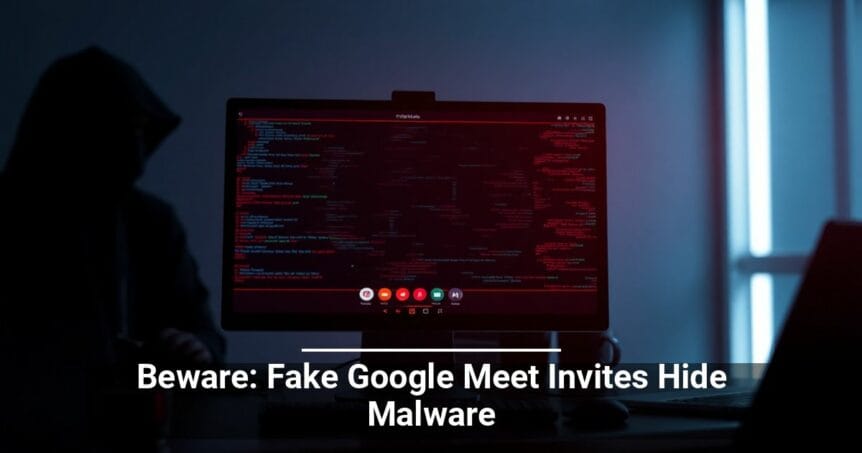As businesses increasingly rely on virtual meetings, cybercriminals have found a new way to strike: fake Google Meet invitations. These scams are stealthy and dangerous, creating a significant threat to various industries. Initially, this ploy has targeted logistics and transportation companies, where the pace of virtual communication is fast and frequent.
Hackers have zeroed in on logistics and transportation sectors because they often involve many virtual meetings for coordination. Posing as legitimate meeting requests, these fraudulent invites can easily slip through and deceive employees in these fast-paced industries.
While the current focus is on logistics and transportation, it’s only a matter of time before other sectors face similar attacks. As hackers refine their strategies, industries like finance, healthcare, and education may become targets. These sectors must stay vigilant and prepare for potential phishing attempts.
Deceptive Tactics Behind the Fake Invites
The success of these phishing campaigns lies in their ability to exploit gaps in email security. By mimicking legitimate meeting invites, hackers trick email systems and users alike.
Email security has improved over the years, but hackers continuously find ways around it. These fake Google Meet invitations often look genuine, making it difficult for email filters to detect them. This gap in security provides a perfect entry point for cyberattacks.
Once a recipient clicks on the fake meeting link, they’re sent to a misleading error page. Here, it claims there’s an issue with their microphone or camera. To “fix” the issue, a download link is provided. Unfortunately, downloading this file installs malware onto the user’s device, compromising the system.
Strategies to Safeguard Your Organization
Defending against these evolving threats requires a multi-faceted approach. Combining user education with strong technical defenses can significantly reduce the risk posed by these deceptive phishing attacks.
Educating employees is crucial. They should be trained to recognize potential threats and verify any unexpected meeting invitations. Encourage a culture of caution where downloading attachments or software is concerned, especially from unknown sources.
Deploying robust technical measures is essential. This includes using network segmentation to contain any breaches and enhancing email security systems to filter out suspicious content. Multifactor authentication and regular security updates are also vital in protecting against unauthorized access.
Verification of Unexpected Meeting Requests
As a part of your security protocol, encourage employees to verify unexpected meeting invites. They should reach out to the sender directly to confirm the meeting’s legitimacy. If the sender did not send an invite, instruct employees to delete the suspicious email immediately.
By integrating these strategies, companies can strengthen their defenses against phishing attacks, maintaining their security in an ever-evolving digital landscape.





